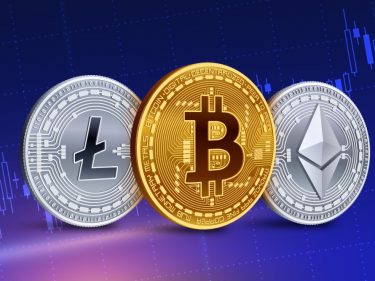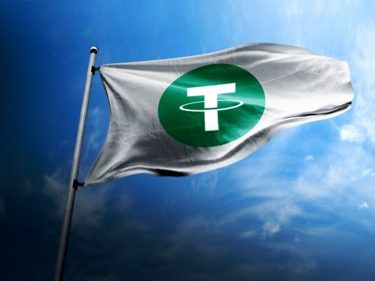Ethereum Gas Fees Surge to May 2022 Levels Amid Memecoin Frenzy

Gas fees for the Ethereum network are skyrocketing to levels last seen in May 2022, according to data from data scientist hildobby’s dashboard on the crypto analytics platform Dune. The fee surge could be attributed to the ongoing memecoin frenzy that has spanned the past few weeks, and looks like it is not slowing down anytime soon.
Ethereum Gas Fees Spike
Ethereum gas fees, used to compensate validators for verifying transactions on the blockchain, are usually influenced by the number of transactions on the network at a given time. Busy periods lead to a significant fee spike, and the memecoin rally is the current catalyst.
In the Ethereum network, gas fees are measured in gwei – a denomination of ether (ETH). At the time of writing, gas prices were up as much as 80 gwei, levels seen last at the same period in 2022.
One memecoin leading the current mania is Pepe Coin (PEPE), a token named after the popular internet meme Pepe the Frog. Pepe’s price has rallied more than 3,500% since its launch on April 17, 2023, as investors keep flocking to the digital asset with hopes of repeating history like in the cases of Dogecoin (DOGE) and Shiba Inu (SHIB).
Within a week after its launch, PEPE’s market cap rose to over $137 million and currently sits at roughly $710 million. The explosive price hike turned early investors into millionaires and lured more people into the Ethereum network.
Increased Revenue and Scalability Issues
Other memecoins that are hot at the moment include Floki (FLOKI), Baby Doge Coin (BABYDOGE), and Tamadoge (TAMA). Other digital assets like Troll (TROLL), Aped (APED), and Bobo (BOBO) have surpassed the top gas-burning altcoins to become the top 10 spenders.
In addition, the soaring gas fees can also be linked to a Maximal Extractable Value (MEV) trading bot that has been executing memecoin trades on a large scale. The bot, dubbed jaredfromsubway.eth, has been the top gas spender in the past three months, spending over $19.4 million on fees in more than 346,000 transactions.
While the higher gas fees bring in more revenue, it also underscores the network’s need to fix its scalability issues and find a solution to balance profitability and usability.




